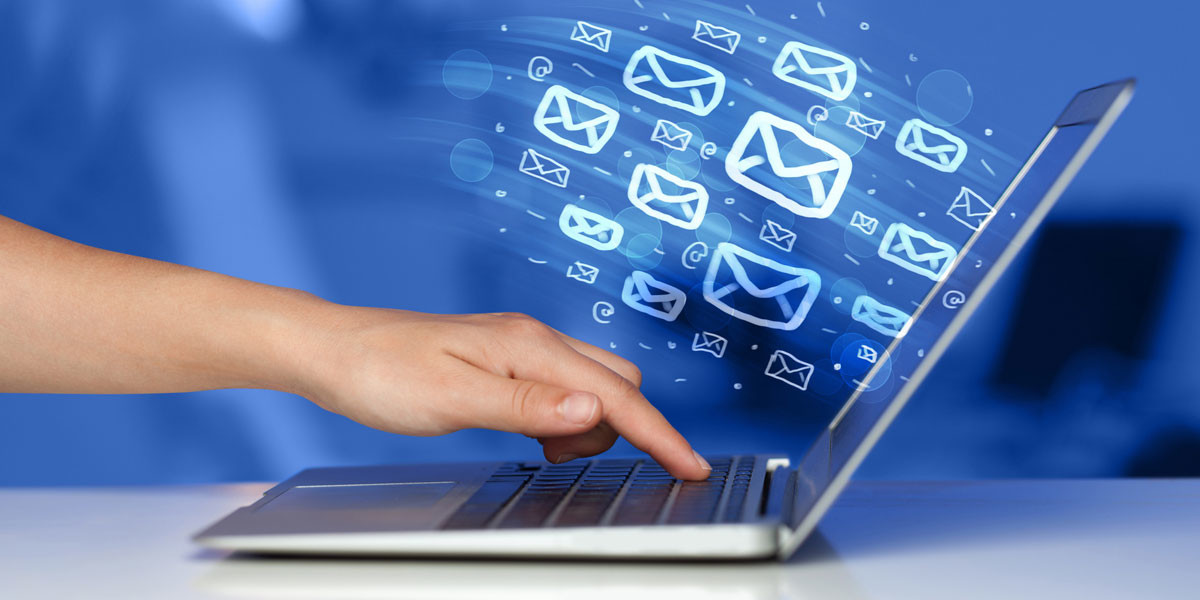Email lead generation remains one of the most effective and reliable strategies in digital marketing, enabling businesses to build direct relationships with potential customers. Despite the rise of social media and other digital channels, email continues to offer unparalleled ROI by delivering personalized communication straight to the inbox. This method involves collecting email addresses from interested prospects who have opted in to receive information, offers, or newsletters. When executed properly, email lead generation helps brands nurture leads, increase conversions, and build loyal customer bases through consistent engagement. It is a cornerstone tactic that supports sales funnels across industries and company sizes, making it a vital component of any marketing strategy.
The Importance of Quality Email Lists
The foundation of successful email lead generation lies in building and maintaining a high-quality email list. Unlike purchasing lists that may contain uninterested or irrelevant contacts, organically grown lists ensure that leads are genuinely interested in your social media products or services. Effective list building involves offering clear value propositions such as free resources, exclusive content, or discounts in exchange for email sign-ups. Segmentation of the list based on demographics, behavior, or engagement level allows marketers to tailor messages that resonate personally with each segment. A quality email list not only improves deliverability and open rates but also increases the likelihood of conversion by targeting the right audience with the right message.
Crafting Irresistible Lead Magnets
Lead magnets are powerful tools in email lead generation designed to entice prospects to share their email addresses willingly. These offers provide immediate value in the form of downloadable eBooks, whitepapers, checklists, templates, webinars, or free trials. The key to a successful lead magnet is relevance and usefulness—it should address a specific problem or need that your target audience faces. Creating a compelling headline and clear description enhances its appeal, while visually attractive landing pages or pop-ups improve conversion rates. When strategically placed within blog posts, social media channels, or website homepages, lead magnets become effective hooks that fuel your email lead generation efforts.
Optimizing Signup Forms for Higher Conversion
Signup forms are the gateway for capturing email leads, and their design and placement significantly impact email lead generation success. Simplifying forms by requesting only essential information such as name and email reduces friction and encourages completion. Using compelling CTAs that clearly communicate the benefits of signing up helps drive action. Strategic placement of signup forms—whether in the website header, footer, within content, or as exit-intent pop-ups—ensures maximum visibility without disrupting user experience. A/B testing different form designs, copy, and colors can identify the most effective combination to boost conversions and expand your email list steadily.
Personalization in Email Lead Generation Campaigns
Personalization is a game-changer in email lead generation, transforming generic messages into relevant conversations that build trust and engagement. By leveraging data collected during sign-up and user behavior, marketers can tailor emails based on preferences, past interactions, and demographic information. Personalized subject lines, dynamic content blocks, and segmented email sequences help nurture leads through targeted messaging. This approach increases open rates, click-through rates, and overall conversions by making recipients feel understood and valued. Incorporating personalization into your email lead generation strategy ensures that your messages cut through the noise and drive meaningful interactions.
The Role of Automation in Scaling Email Lead Generation

Automation technology revolutionizes email lead generation by enabling marketers to create triggered workflows that engage prospects automatically based on their actions. For example, welcome emails can be sent immediately after signup, followed by nurture sequences that provide educational content or special offers over time. Automation allows for consistent, timely communication without requiring manual intervention, which is crucial for scaling lead generation efforts. Platforms like Mailchimp, HubSpot, and ActiveCampaign offer robust automation features that support behavior tracking, segmentation, and analytics. When integrated properly, automation improves lead quality and accelerates conversion by delivering the right message at the right time.
Leveraging Social Media to Enhance Email Lead Generation
Integrating social media into your email lead generation strategy can significantly expand your reach and attract diverse prospects. Social platforms allow for targeted ads promoting lead magnets, driving traffic to optimized landing pages with signup forms. Additionally, social channels are ideal for sharing engaging content that encourages followers to subscribe for more in-depth resources via email. Features like Facebook’s lead ads simplify the signup process by letting users submit their email addresses without leaving the platform, streamlining lead capture. Using social proof and influencer endorsements on social media can also increase credibility and entice users to join your email list. This cross-channel synergy strengthens your overall lead generation funnel.
Measuring Key Metrics for Email Lead Generation Success
Tracking and analyzing key performance metrics is essential for evaluating the effectiveness of your email lead generation campaigns. Important indicators include the number of new subscribers, open rates, click-through rates, conversion rates, and unsubscribe rates. Monitoring these metrics helps identify what content resonates with your audience and where improvements are needed. Additionally, understanding the cost per lead and lifetime value of email subscribers offers insights into the campaign’s ROI. Using analytics dashboards provided by email marketing platforms enables marketers to make data-driven decisions, optimize campaigns, and refine targeting strategies to continually improve lead generation outcomes.
Common Challenges in Email Lead Generation and How to Overcome Them
Email lead generation is not without challenges, and marketers often face issues such as low signup rates, poor engagement, and high unsubscribe rates. One common hurdle is convincing visitors to share their email addresses amidst growing privacy concerns and inbox overload. Overcoming this requires clear communication of the value your emails provide and maintaining transparent data privacy policies. Another challenge is delivering consistent, high-quality content that keeps subscribers engaged. To combat this, marketers should focus on relevance, personalization, and timely communication. Technical obstacles such as email deliverability issues can be addressed through list hygiene practices, including regular cleaning of inactive subscribers and compliance with anti-spam regulations.
Innovations Shaping the Future of Email Lead Generation
The future of email lead generation is being shaped by innovations in artificial intelligence, interactive content, and enhanced personalization capabilities. AI tools are increasingly used to analyze subscriber behavior and optimize send times, subject lines, and content recommendations, maximizing engagement. Interactive email elements such as polls, quizzes, and embedded videos create immersive experiences that encourage recipients to take action directly within the email. Advances in dynamic content allow for real-time customization based on current user data, further personalizing the communication. As privacy regulations evolve, marketers are also exploring permission-based and zero-party data collection methods to build trust and ensure compliance while maintaining effective lead generation.
Conclusion: Maximizing Growth Through Email Lead Generation
Email lead generation remains a vital strategy for businesses aiming to build lasting customer relationships and drive sustainable growth. By focusing on building quality lists, creating compelling lead magnets, optimizing signup forms, and personalizing content, marketers can attract and engage the right prospects. Automation and social media integration amplify these efforts, allowing for efficient scaling and broader reach. Continual measurement and adaptation ensure campaigns remain effective despite challenges and changing trends. Embracing new technologies and innovations will keep email lead generation strategies relevant and impactful in the years to come. Investing time and resources in mastering email lead generation unlocks the potential for consistent lead flow and business success.
